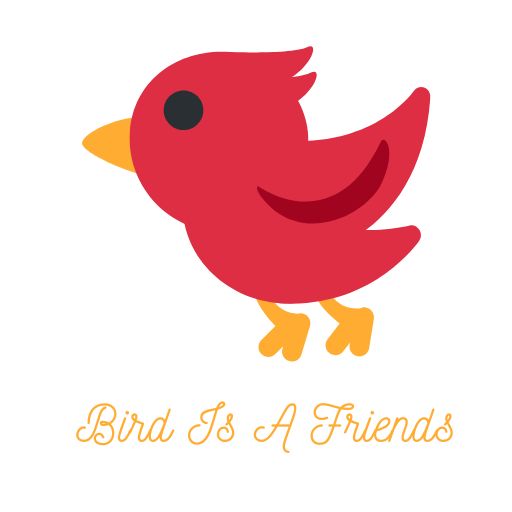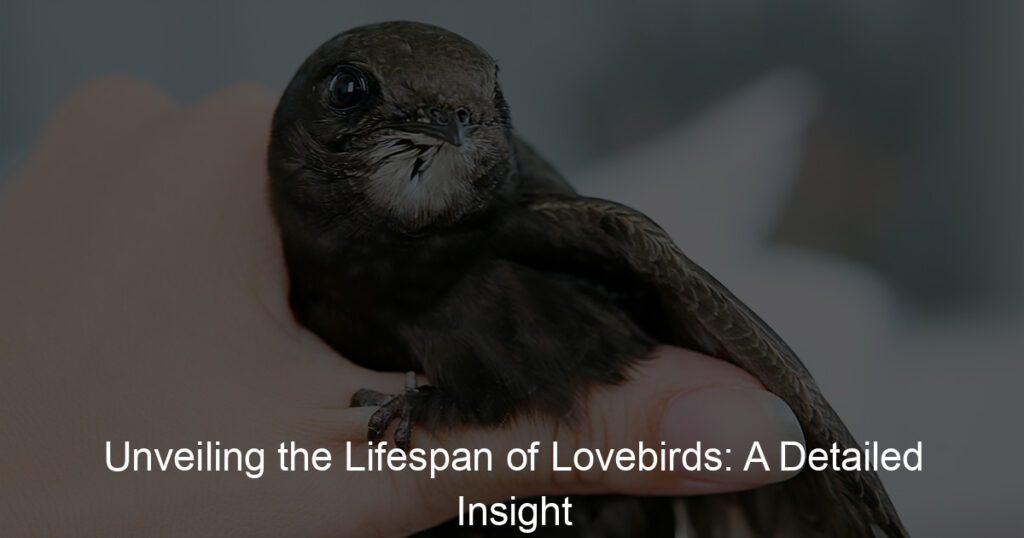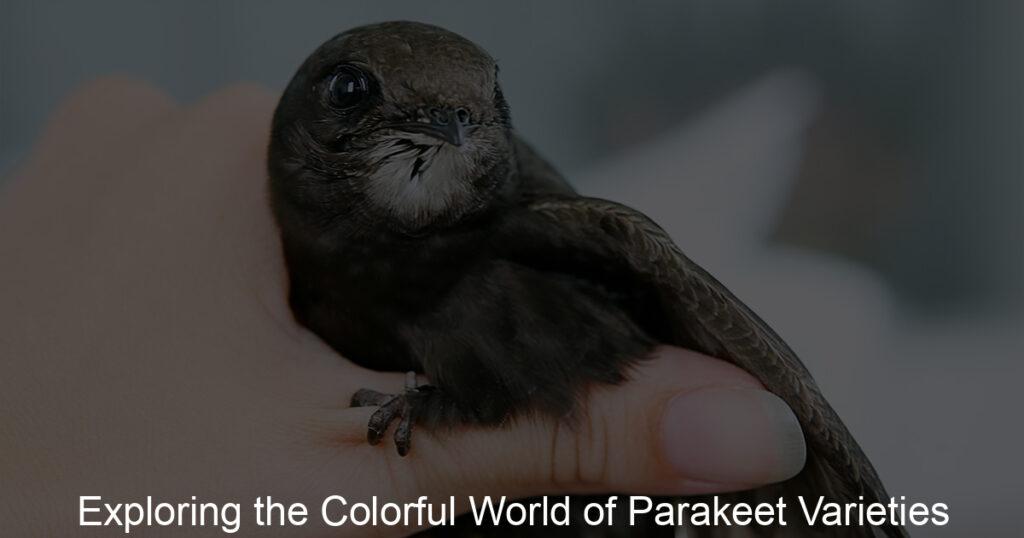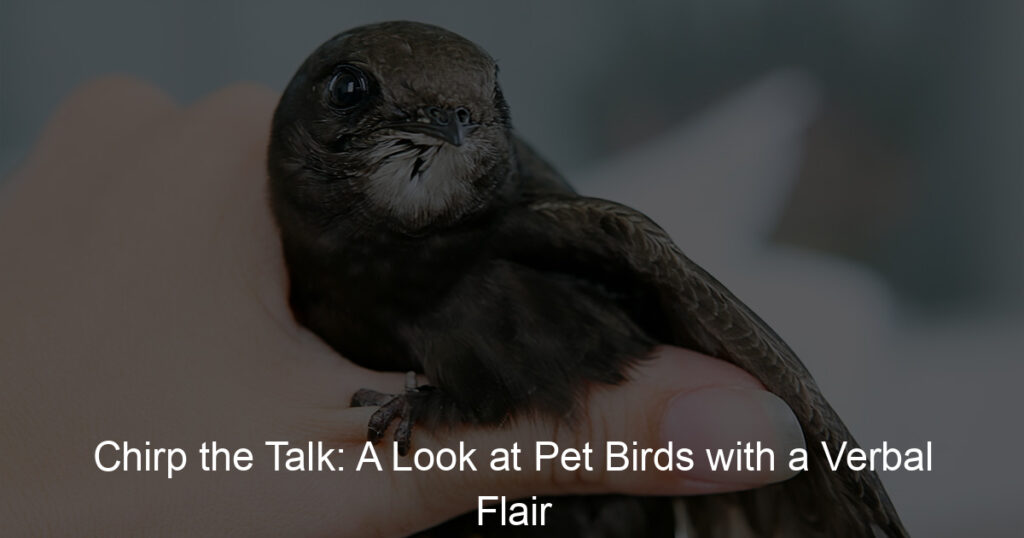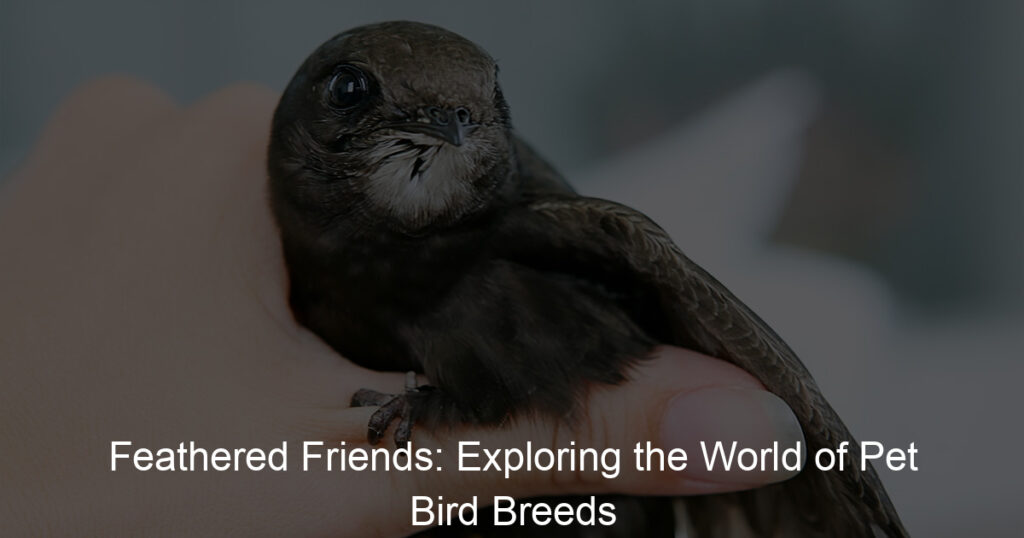Introduction to Lovebirds
A type of parrot known for their small size, bright colors, and strong pair bonds. They are native to Africa and Madagascar, but are now kept as pets all over the world. Let’s delve deeper into the world of lovebirds.
-
- What are Lovebirds?
They are named for their strong pair bonds and the long periods of time they spend sitting together. Lovebirds are known for their vibrant colors, playful personalities, and their ability to mimic human speech. They are small birds, typically ranging from 5 to 7 inches in length. Learn more about lovebirds on Wikipedia.
-
- Types of Lovebirds
There are nine species of lovebirds, but the three most common types kept as pets are the Peach-faced Lovebird, the Fischer’s Lovebird, and the Masked Lovebird. Each species has its own unique colors and patterns, but all lovebirds share the same basic body shape and size. Discover more about different types of lovebirds on Wikipedia.
-
- Lovebirds as Pets
A wonderful pets due to their small size, playful nature, and ability to form strong bonds with their human caretakers. They require a balanced diet, plenty of exercise, and social interaction to stay healthy and happy. Lovebirds are also known for their intelligence and can be trained to perform tricks and mimic sounds. However, they do require a significant amount of care and attention, so potential owners should be prepared for the commitment. Read more about keeping lovebirds as pets on Wikipedia.
The Lifespan of Lovebirds
The lifespan of lovebirds can help you provide the best care for your feathered friend. Let’s delve into the factors that influence a lovebird’s lifespan, the average lifespan of a lovebird, and a lovebird age chart.
-
- Factors Influencing Lovebirds Lifespan
Several factors can influence the lifespan of lovebirds. These include diet, exercise, mental stimulation, and healthcare. A balanced diet rich in fruits, vegetables, and grains can ensure your lovebird gets the nutrients it needs to live a long and healthy life. Regular exercise and mental stimulation can also contribute to a lovebird’s overall health and longevity. Regular vet check-ups are also crucial in detecting and treating any potential health issues early.
-
- Average Lifespan of a Lovebird
The average lifespan of a lovebird ranges from 10 to 15 years. However, with proper care and attention, some lovebirds have been known to live up to 20 years. It’s important to note that each lovebird is unique, and individual health and lifestyle factors can greatly influence their lifespan.
-
- Love Birds Age Chart
Their age can be tricky as they don’t show obvious signs of aging like humans or other animals. A lovebird age chart can provide a rough estimate of your bird’s age based on its behavior and physical characteristics. For instance, young lovebirds are generally more active and playful, while older lovebirds may be more sedate and show signs of aging such as feather loss or changes in eye color.
The lifespan of lovebirds and the factors that influence it can help you provide the best possible care for your pet. A healthy diet, regular exercise, mental stimulation, and regular vet check-ups are key to ensuring your lovebird lives a long and healthy life.
Detailed Insight into Different Lovebirds Lifespan
Rosy-Faced Lovebird Lifespan
Also known as the Peach-faced Lovebird, is a popular choice for bird enthusiasts. Understanding their characteristics, average lifespan, and factors affecting their lifespan can help you provide the best care for these delightful birds.
-
- Characteristics of Rosy-Faced Lovebirds
Vibrant birds known for their playful and social nature. They are predominantly green with a blue rump. Their faces are, as their name suggests, rosy or peach in color. These birds are known for their strong bonding with their partners, making them an emblem of love and companionship. Read more about their characteristics on Wikipedia.
-
- Average Lifespan of Rosy-Faced Lovebirds
They has between 10 to 15 years with proper care and a healthy diet, these birds can live up to 20 years.
-
- Factors Affecting Rosy-Faced Lovebirds Lifespan
These include diet, exercise, mental stimulation, and veterinary care. A balanced diet rich in fruits, vegetables, and bird-safe grains can contribute to a longer, healthier life. Regular exercise and mental stimulation through toys and interaction can also enhance their lifespan. Regular vet check-ups are crucial to detect any potential health issues early.
Blue Lovebird Lifespan
-
- Characteristics of Blue Lovebirds
An Agapornis personatus, are known for their vibrant blue color and playful nature. They are small in size, usually around 5-6 inches long, and have a distinctive black mask and white ring around their eyes. These birds are social, intelligent, and known for their strong pair bonding. They are also known for their loud, chirping calls, which are a form of communication among them.
-
- Average Lifespan of Blue Lovebirds
Have an average lifespan of 10 to 15 years in captivity, provided they are given proper care and nutrition. Some have even been known to live up to 20 years. In the wild, their lifespan is typically shorter due to predators and harsh environmental conditions. [source]
-
- Factors Affecting Blue Lovebirds Lifespan
These include diet, exercise, mental stimulation, and healthcare. A balanced diet rich in fruits, vegetables, and grains, along with regular exercise, can significantly increase their lifespan. Mental stimulation, such as toys and interaction with their owners, also contributes to their overall health. Regular check-ups with a vet can help detect and prevent potential health issues.
Lifespan of a Lovebird in Captivity
Colorful parrots that are known for their affectionate nature and long lifespan. When kept in captivity, these birds can live for up to 15 years, although this can vary depending on several factors. Let’s delve into how captivity affects the lifespan of lovebirds and how you can help increase their longevity.
-
- How Captivity Affects Lovebirds Lifespan
Unlike in the wild, captive lovebirds are not exposed to predators or harsh weather conditions, which can increase their lifespan. However, they are also subject to different types of stress, such as limited space and lack of social interaction, which can negatively impact their lifespan.
According to a Wikipedia article, the average lifespan of a captive lovebird is 10 to 15 years. However, this can vary depending on the bird’s diet, exercise, and mental stimulation. For example, a lovebird that is fed a balanced diet, gets regular exercise, and has plenty of toys and social interaction is likely to live longer than a bird that does not.
-
- How to Increase the Lifespan of a Lovebird in Captivity
-
-
- Provide a Balanced Diet: A diet that is rich in fruits, vegetables, and grains. Avoid feeding them foods that are high in fat or sugar.
- Ensure Regular Exercise: Needs plenty of physical activity to stay healthy. Make sure they have enough space to fly and play.
- Provide Mental Stimulation: They are intelligent creatures that need mental stimulation. Provide them with toys and puzzles to keep them entertained.
- Regular Vet Check-ups: Regular vet check-ups can help detect any health issues early and ensure your lovebird is in good health.
-
By following these tips, you can help ensure your lovebird lives a long and healthy life in captivity.
Lovebirds for Sale: What to Know
-
- Where to Buy Lovebirds
Pet stores are a common choice, but it’s crucial to ensure they are reputable and treat their animals well. You can also consider breeders who specialize in lovebirds. They often have a deep understanding of the birds and can provide detailed information about their lineage. Additionally, adoption from a rescue organization is another great option. These organizations often have birds that need a loving home. You can find more information about these options on Wikipedia’s Lovebird page.
-
- Love Birds Price Range
It is depending on various factors such as their age, breed, and health. On average, you can expect to pay between $50 and $200 for a lovebird. The cost of the bird is just the beginning. You’ll also need to budget for a cage, food, toys, and potential vet bills.
-
- Considerations When Buying Lovebirds
Make sure you’re ready for the commitment as these birds can live up to 15 years. Check the bird’s health before purchasing; look for clear eyes, clean feathers, and active behavior. Ask about the bird’s history and try to spend some time with it before making your decision. Lastly, consider if you want one bird or a pair, as lovebirds are known for their strong bonds with their partners.
A significant commitment that requires careful consideration and planning. By understanding where to buy, the price range, and what to look for, you can make an informed decision that ensures a happy and healthy life for your new pet.
Lovebirds Couple: The Bond
They are known for their strong pair bonds and the deep affection they show towards their partner. This bond is not just a fascinating aspect of their behavior but also plays a crucial role in their overall health and lifespan.
-
- The Bond Between Lovebirds
As their name suggests, are famous for their strong, monogamous pair bonds. They form a close relationship with their partner, which is often lifelong. These small parrots will spend a significant amount of time sitting together, preening each other’s feathers, and sharing meals. This behavior is a clear demonstration of their bond and affection.
When separated, even for a short period, lovebirds may show signs of distress, such as excessive chirping or loss of appetite. This strong attachment is a testament to their bond. It’s a fascinating aspect of their behavior that has endeared them to bird lovers worldwide. For more information, you can visit Wikipedia’s page on Lovebirds.
-
- How Bonding Affects Lovebirds Lifespan
The bond between lovebirds is not just about companionship; it also has a significant impact on their lifespan. Lovebirds that are bonded tend to live longer, healthier lives. This is because the bond provides them with emotional security and stimulation, which contributes to their overall well-being.
Studies have shown that bonded lovebirds are less likely to suffer from stress-related illnesses. They also engage in mutual preening, which helps keep their feathers in good condition. This bond, therefore, plays a crucial role in their health and longevity. To understand more about how bonding affects a lovebird’s lifespan, check out this Wikipedia article on Lovebird Behavior.
It’s not just about companionship; it’s also about survival. As a lovebird owner, understanding this bond can help you provide the best care for your feathered friends, ensuring they live a long, happy, and healthy life.
Love Birds Diseases to Humans: A Reality Check
As much as we adore our feathered friends, like any other pets, can transmit certain diseases to humans. This doesn’t mean you should avoid these lovely creatures, but it’s crucial to be aware and take necessary precautions to ensure your safety and that of your lovebird.
- Common Diseases Lovebirds Can Transmit to Humans
- Psittacosis: Also known as parrot fever, this bacterial infection can cause flu-like symptoms in humans. It’s transmitted through the droppings or respiratory secretions of infected birds. Learn more about Psittacosis on Wikipedia.
- Salmonellosis: This is a type of food poisoning that can be contracted from bird droppings. Symptoms include diarrhea, fever, and abdominal cramps. Learn more about Salmonellosis on Wikipedia.
- Campylobacteriosis: This bacterial infection can cause diarrhea, cramping, abdominal pain, and fever. It’s often contracted from handling birds or their droppings. Learn more about Campylobacteriosis on Wikipedia.
- Preventing Lovebirds Diseases
- Always wash your hands thoroughly after handling your bird or cleaning its cage.
- Keep your bird’s cage clean and ensure it’s well-ventilated.
- Ensure your bird has a balanced diet to boost its immune system.
- Regularly take your bird to the vet for check-ups and vaccinations.
Knowledge is power. By understanding the potential health risks and taking necessary precautions, you can enjoy a long, healthy, and happy relationship with your lovebird.
Conclusion: Ensuring a Long and Healthy Life for Your Lovebird
As we conclude our comprehensive guide on lovebirds, it’s clear that these vibrant creatures require a lot of care and attention. The right knowledge and commitment, you can ensure a long and healthy life for your pet lovebird.
-
- Key Takeaways
-
-
- Lovebirds have a lifespan of 10 to 15 years in captivity, but this can be extended with proper care and attention.
- Understanding the different types of lovebirds and their specific needs is crucial for their wellbeing.
- Regular check-ups and a balanced diet can prevent common diseases and ensure your lovebird’s health.
- Lovebirds form strong bonds with their partners and owners, which contributes to their overall happiness and longevity.
- Final Thoughts
-
They’re companions that bring joy and color into our lives. By investing time and effort into understanding their needs, you can ensure a long, healthy, and happy life for your feathered friend.
We hope you found it informative and helpful. With the right care and attention, your lovebird can live a long and healthy life. Happy bird-keeping!
